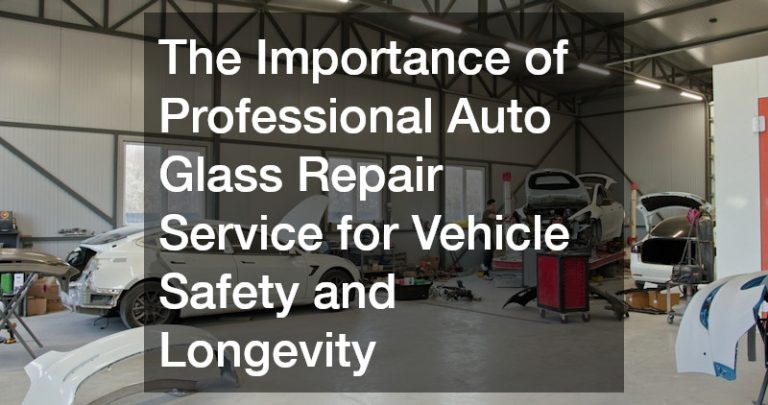People love all the convenience that comes with owning a car. You get to have more freedom, independence, and privacy in traveling. You can significantly save time when going to multiple locations in a day. You can even take pleasure trips whenever you want. But these benefits also come with maintenance work, which is often a burden for many car owners.
Most car owners choose to bring their vehicles to auto repair and service shops because they are either lazy or not skilled enough to check on their cars. The good news is, you don’t necessarily need to take your car to a shop whenever you spot a tiny issue. If you want to save money or learn more about car care, it’s ideal if you try to perform DIY work first.
The following list contains some vehicle maintenance tasks that you can handle yourself or at least try to learn how.
1. Change engine coolant
One basic car repair task that you can do is change your car’s engine coolant. On average, an engine coolant should be replaced every 25,000 miles. Car professionals also recommended changing it after every five oil changes. To do this, you’ll only need a wrench, hose, air compressor, 4-in-1 screwdriver, and a socket. Inspect the levels when the vehicle’s engine is cool before changing the coolant. The work may take about an hour or more, depending on the coolant’s condition. However, it’s best to have a mechanic handle it if there’s rust floating in the liquid or on the cap.
2. Replace spark plugs
If you’re someone who’s not handy about car care, the idea of replacing spark plugs may sound dangerous to you. The truth is, you can install the replacement yourself. It’s not really an intense task to carry out, which often takes about 20 to 30 minutes to complete. Most cars need to get their spark plugs changed every 30,000 miles. You can confirm this in your car owner’s manual.
Replacing spark plugs will require you to follow certain steps. Locate the spark plugs first, remove the wires in proper order, screw the new spark plug, then re-attach the wire. Look for comprehensive guides for more details regarding these steps.

3. Inspect the suspension
In most cases, it’s easy to check and replace a car’s suspension. It might be complicated at first, but it becomes less difficult when you get down to it. You can even save hundreds of dollars from auto shop services. Many car owners decide to invest in an alignment vehicle lift to equip their home garage and make the maintenance work easier. This lift allows you to easily get under your vehicle to check the suspension and even save you from body pain.
In addition, replacing struts and shocks will require you to securely raise the vehicle. In inspecting the suspension, start with the strut mounts and look for signs of rust or corrosion. You can then jack up the car for closer inspection, and check if the tie rod is worn out.
4. Change the oil
Not many car owners love the idea of changing oil since it’s a bit messy. Still, this car maintenance task is easy to learn. Your car’s engine requires oil to lubricate its critical components. However, motor oil will become less efficient over time. For most cars, oil and the filter must be replaced every 5,000 to 7,500 miles. Instead of dumping the old oil in the trash, look for a collection center where you can send it. Furthermore, don’t forget to check the manufacturer’s guidelines to get the right type of oil and blend or quantity.
5. Check tire pressure
Tire pressure is a simple car care task that you can do too. You can see the suggested tire pressure for your car on the owner’s manual. Other vehicles readily have it on the driver’s side door pillar. Follow the recommended pressure on your manual instead of the general tire pressure rating, which isn’t actually ideal for some cars. You can use the air pumps with pressure gauges at gas stations in case you don’t have one.
Avoid checking the tire pressure following a long drive. Wait until the tires are cool. Investing in a pressure gauge with a release trigger can make it more convenient for you to release air from your tires.
Routine car maintenance is imperative for reducing risks of unexpected breakdowns or road accidents. It can also help maintain the value of your car and keep it performing at its best. After all, buying a car isn’t a cheap investment. Consider learning and performing these DIY car maintenance tasks and save money on repair service and costly issues.








